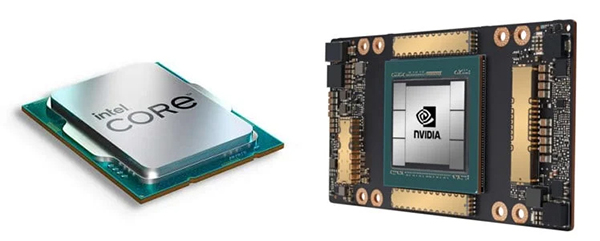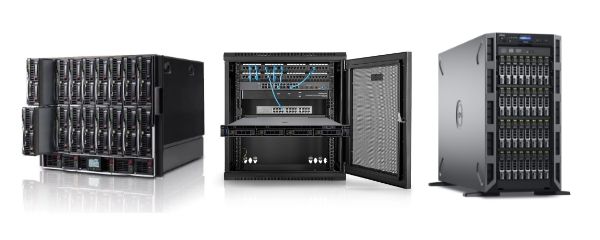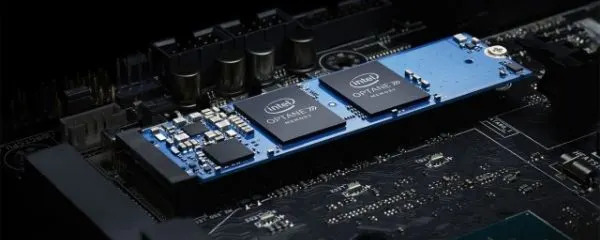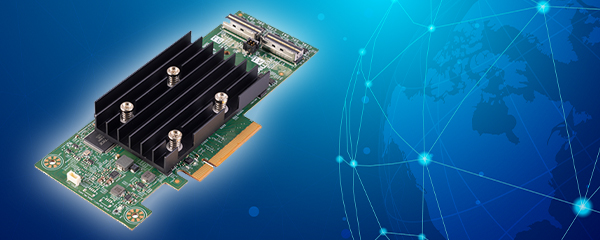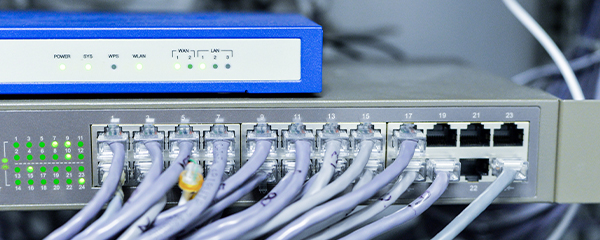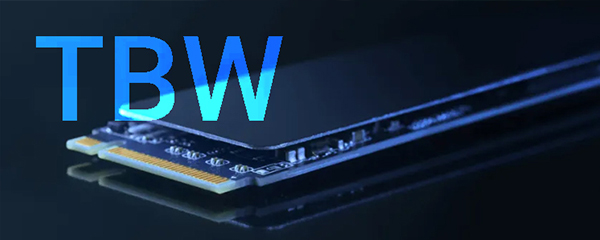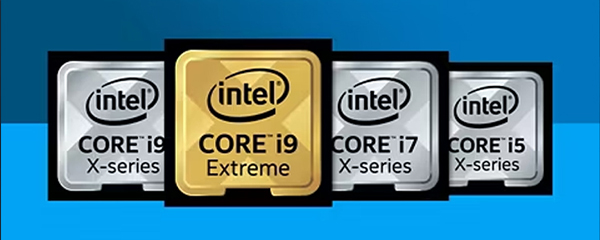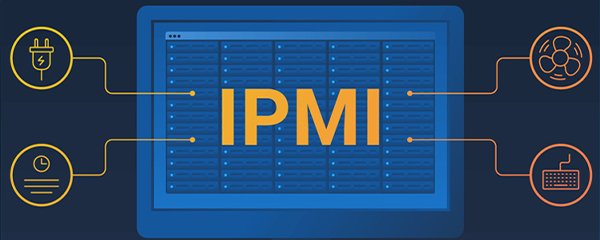PowerEdge server naming scheme
Dell PowerEdge servers are categorized based on their configuration. For simplicity, they are referred to as series within each generation.
From the 10th generation of Dell PowerEdge servers onward, model names usually consist of one or more letters followed by three or four digits (e.g. PowerEdge R760, PowerEdge R6515 or PowerEdge MX740c). The nomenclature is as follows:


First letter - indicates the type (case) of the server:
- C - C series; modular and compute-optimized servers for large-scale environments
- F - flexible - hybrid bay for rack cases based on FX2/FX2s
- HS - optimized solutions tailored to cloud service providers
- M or MX - modular blade servers and other components for the MX7000, M1000e and/or VRTX modular case
- R - servers mounted in a rack
- T - free-standing servers in a tower case
- XE - built for complex, new workloads requiring high performance and mass storage.
- XR - industrial-grade servers for extreme environments.
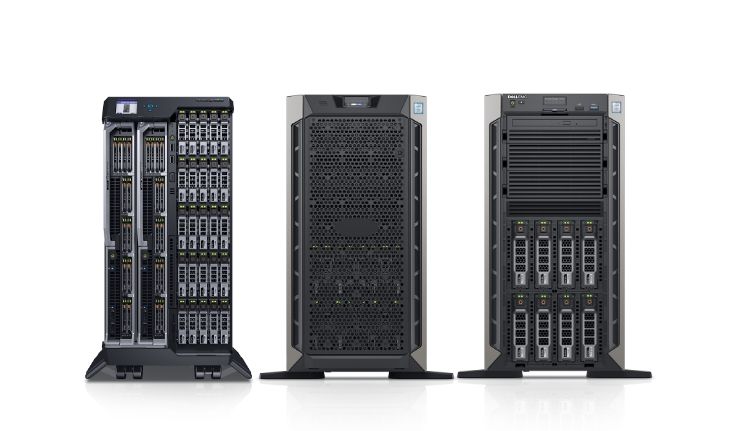

Three-digit naming convention
The first digit after the letter described above indicates the class of the system.
- The numbers 1-3 indicate systems with 1 processor,
- 4–7 are systems with 2 processors,
- 8 can mean 2 or 4 processors,
- and 9 means 4 processors.
The second digit indicates the generation, where 0 means 10th generation, 1 means 11th generation, etc.
The third digit means the processor brand, where 0 means Intel and 5 means AMD.
For example, the R760 indicates a rack-mounted system with two processors, 16th generation servers, with Intel processors.
Four-digit naming convention
The first digit after the letter (identifying the case type) indicates the system class.
- The numbers 1-5 mean iDRAC Basic,
- The numbers 6-9 mean iDRAC Express.
The second digit indicates the generation, where 0 means 10th generation, 1 means 11th generation, etc.
The third digit often indicates the number of processor slots (1 = 1 processor, 2 = 2 processors).
The fourth digit represents the processor brand (0 is Intel and 5 is AMD).
For example, R6415 indicates a rack-mounted system with one processor slot, from the 14th generation of servers, equipped with an AMD processor.
Last letters in three- and four-digit naming conventions
The "c" on the MX750c Mx740c and MX840c models indicates the compute bay
The "s" in the MX5016s designates the storage bay
The "n" in the MX9116n designates the I/O module
Example of naming convention for PowerEdge servers
| YX3X SERVERS | YX4X SERVERS | YX4XX SERVERS | YX5XX SERVERS |
|---|---|---|---|
| PowerEdge M630 | PowerEdge M640 | PowerEdge R6415 | PowerEdge R6515 |
| PowerEdge M830 | PowerEdge R440 | PowerEdge R7415 | PowerEdge R7515 |
| PowerEdge T130 | PowerEdge R540 | PowerEdge R7425 | PowerEdge R6525 |
PowerEdge 14th, 15th, and 16th generation server table
| Generation | 16G | 15G | 14G |
|---|---|---|---|
| C series | C6600 C6615 C6620 |
C6520 C6525 |
C4140 C6400 C6420 |
| HS series | HS5610 HS5620 |
||
| Modular models | MX760c | MX750c | FC640 M640 M640 (dla VRTX) MX7000 MX740c MX840c MX5016s |
| Models assembled in the rack |
R660 R660xs R6615 R6625 R760 R760XA R760xd2 R760xs R7615 R7625 R860 R960 |
R350 R450 R550 R650 R6515 R6525 R750 R750xa R750xs R7515 R7525 |
R240 R440 R540 R640 R6415 R740 R740xd R740xd2 R7415 R7425 R840 R940 R940xa |
| Models assembled in a tower case |
T560 | T150 T350 T550 |
T40 T140 T340 T440 T640 |
| XE models | XE8640 XE9680 |
XE8545 | XE2420 XE7100 XE7420 XE7440 |
| XR models | XR5610 XR7620 XR8000r XR8610t XR8620t |
XR4COOr XR4000w XR4COOz XR4510c XR4520c XR11 XR12 |
XR2 |








